- All Flags
- Flags of Countries by Continent
-
Flags of Organizations
- Flags of UN countries
- Flags of the European Union countries
- Flags of NATO countries
- Flags of the countries of the Organization of Islamic Cooperation
- Flags of the countries of the Organization of American States
- Flags of the Arab League countries
- Flags of the African Union countries
- Flags of the countries of the Union of South American Nations
- Flags of the Commonwealth of Nations
- Flags of the countries of the Secretariat of the Pacific Community
- Flags of the Nordic Council countries
- Flags of the Caribbean Community
- Flags of the countries of the Association of Southeast Asian Nations
- Flags of the East African Community
- Flags of the countries of the Organization of Turkic States
- LGBT Community Flags
- Historical Flags
- Ethnic Flags
- Flags of the USA (states)
Flag of Paraguay
The flag of Paraguay is one of the most unique national symbols in the world due to its double-sided design. While most flags feature the same image on both sides, the Paraguayan flag is adorned with different emblems on its obverse and reverse, reflecting the country’s complex and rich history. Adopted in 1842, it symbolizes the nation&rsquo..
Flag of Peru
The flag of Peru is more than just a national symbol; it is a reflection of the country's glorious history, its struggle for independence, and its unique natural wealth. Its simple yet deeply symbolic design consists of three vertical stripes—red, white, and red—and was officially adopted in 1825. The colors of the flag have a legendary..
Flag of Poland
The national flag of Poland is a profound and evocative symbol, representing centuries of Polish history, resilience, sacrifice, and the unwavering spirit of its people. With its simple yet powerful design, consisting of two horizontal stripes of equal width: white on top and red on the bottom, the flag embodies the nation's struggle for independen..
Flag of Portugal
The national flag of the Portuguese Republic is a deeply symbolic emblem that encapsulates the nation's rich maritime history, its revolutionary spirit, and its enduring aspirations for a bright future. Adopted on June 30, 1911, following the proclamation of the Republic in 1910, the flag features a striking design composed of two vertical bands of..
Flag of Qatar
The national flag of Qatar is a striking and instantly recognizable emblem, deeply rooted in the nation's history, culture, and geographical identity. Adopted in its current form in 1971, the year Qatar declared its full independence from British protection, it stands as a powerful symbol of sovereignty, resilience, and the unique heritage of the Q..
Flag of Romania
The national flag of Romania stands as a vibrant and powerful symbol of the nation's tumultuous history, its relentless pursuit of liberty, unity, and justice, and its deep-seated European identity. Consisting of three equal vertical stripes of blue (hoist side), yellow (middle), and red (fly side), the flag's simplicity belies a profound narrative..
Flag of Rwanda
The national flag of the Republic of Rwanda is a modern and symbolically rich emblem that reflects the nation's profound journey from a tumultuous past marked by genocide to a future envisioned with unity, peace, prosperity, and hope. Adopted on December 31, 2001, it replaced an older flag that had become associated with the tragic events of the 19..
Flag of Saint Kitts and Nevis
The national flag of the Federation of Saint Kitts and Nevis is a symbol of profound significance, encapsulating the history, values, and natural beauty of this dual-island nation. Adopted on September 19, 1983, the day the country achieved full independence from the United Kingdom, its design is not only visually striking but also deeply rooted in..
Flag of Saint Lucia
The national flag of Saint Lucia is a striking and elegant symbol that embodies the unique geography, history, and aspirations of this Caribbean island nation. Adopted on March 1, 1967, and in its current form on February 22, 1979, upon achieving full independence, the flag's design is a testament to the country’s identity and its most famous..
Flag of Saint Vincent and the Grenadines
The national flag of Saint Vincent and the Grenadines is a vibrant and elegant symbol that perfectly captures the essence of this Caribbean island nation. It is a visual narrative of the country's geography, its people's spirit, and its place in the world. Adopted on October 21, 1985, this flag replaced an earlier design and has since become a powe..
Flag of Samoa
The flag of Samoa is a striking and symbolic representation of the nation's independence, its deep-rooted connection to the Pacific Ocean, and its commitment to Christian values. Adopted on February 24, 1949, and officially retained upon gaining full independence on January 1, 1962, the flag's design tells a story of sovereignty and heritage. Desi..
Flag of San Marino
The national flag of the Most Serene Republic of San Marino is a symbol of profound historical resilience, unwavering independence, and the unique, ancient heritage of the world's oldest republic. Adopted in its current form on April 6, 1862, the flag features two equal horizontal stripes of white (top) and light blue (bottom), charged in the cente..
Flag of Sao Tome and Principe
The national flag of the Democratic Republic of São Tomé and Príncipe is a vibrant and symbolically rich emblem that encapsulates the nation's journey towards independence, its deep connection to the African continent, and its aspirations for a prosperous and united future. Adopted on November 5, 1975, shortly after gaining ind..
Flag of Saudi Arabia
The national flag of Saudi Arabia is a profoundly significant symbol, instantly recognizable by its striking green field, the prominent Shahada (Islamic creed) written in white Thuluth script, and a white saber positioned beneath the text. More than just a national emblem, it embodies the Kingdom's deep religious identity, its historical foundation..
Flag of Senegal
The national flag of Senegal is a vibrant and deeply symbolic emblem, reflecting the nation's rich history, its pan-African identity, and its aspirations for unity, progress, and independence. Adopted on August 20, 1960, the flag came into being shortly after Senegal gained full independence from France. Its design is a powerful visual narrative, i..
Flag of Serbia
The national flag of Serbia is a potent emblem of the nation's profound historical narrative, its deep-rooted identity as a Slavic and Orthodox Christian state, and its enduring struggle for sovereignty and self-determination. Adopted in its current form on August 16, 2004, and formally enshrined in the Constitution of Serbia, the flag features thr..
Flag of Seychelles
The national flag of Seychelles is a visually striking and uniquely designed emblem that powerfully conveys the nation's aspirations for progress, unity, and its place in the modern world. Adopted on June 18, 1996, this flag replaced an earlier design, signifying a new era for the island nation and embodying the dynamic and forward-looking spirit o..
Flag of Sierra Leone
The national flag of Sierra Leone is a striking tricolor, a bold and vibrant representation of the West African nation's geography, its aspirations for peace, and its rich natural resources. Adopted on April 27, 1961, the day Sierra Leone gained independence from British colonial rule, the flag’s design is a powerful visual statement of the c..
Flag of Singapore
The national flag of Singapore is a vibrant and deeply symbolic emblem that encapsulates the aspirations, values, and unique identity of this dynamic island nation. Unveiled on December 3, 1959, when Singapore achieved self-governance from British colonial rule, it was carefully crafted to represent the diverse population and the collective vision ..
Flag of Slovakia
The national flag of Slovakia is a profound symbol of the nation's rich Slavic heritage, its long and often arduous journey toward self-determination, and its unique identity forged through centuries of historical challenges. Adopted on September 1, 1992, and officially codified in the Slovak Constitution, the flag features three equal horizontal s..
Flag of Slovenia
The national flag of Slovenia is a powerful and evocative symbol of the nation's independence, sovereignty, and rich cultural heritage, deeply rooted in its Slavic identity and historical struggles. Adopted on June 24, 1991, shortly before Slovenia formally declared its independence from Yugoslavia, the flag features three equal horizontal stripes ..
Flag of Somalia
The national flag of Somalia is a powerful and instantly recognizable symbol, embodying the nation's independence, unity, and its place within the broader African and Islamic world. Adopted on October 12, 1954, five years before Somalia gained full independence from Italy and Britain, its design was a forward-looking statement of national aspiratio..
Flag of South Africa Republic of South Africa
The national flag of South Africa is a vibrant and exceptionally symbolic emblem, renowned worldwide for its unique design and the profound message it conveys. Adopted on April 27, 1994, it stands as a powerful testament to the nation's transition from apartheid to a democratic, multicultural society, embodying unity in diversity. This comprehensiv..
Flag of South Korea
The national flag of South Korea, universally known as the Taegeukgi (태극기), is a profound embodiment of the nation's philosophical heritage, its journey through history, and the enduring aspirations of its people. Far more than a mere national symbol, it represents the harmonious balance of the universe, the resilience of the Korean spirit, and the..
Flag of South Sudan
The national flag of Sudan is a powerful and evocative emblem, deeply rooted in the nation's history, aspirations, and the diverse identities of its people. Adopted on May 20, 1970, it serves as a testament to Sudan's independence, its connection to the Arab world, and its African heritage. This comprehensive exploration delves into the design, sym..










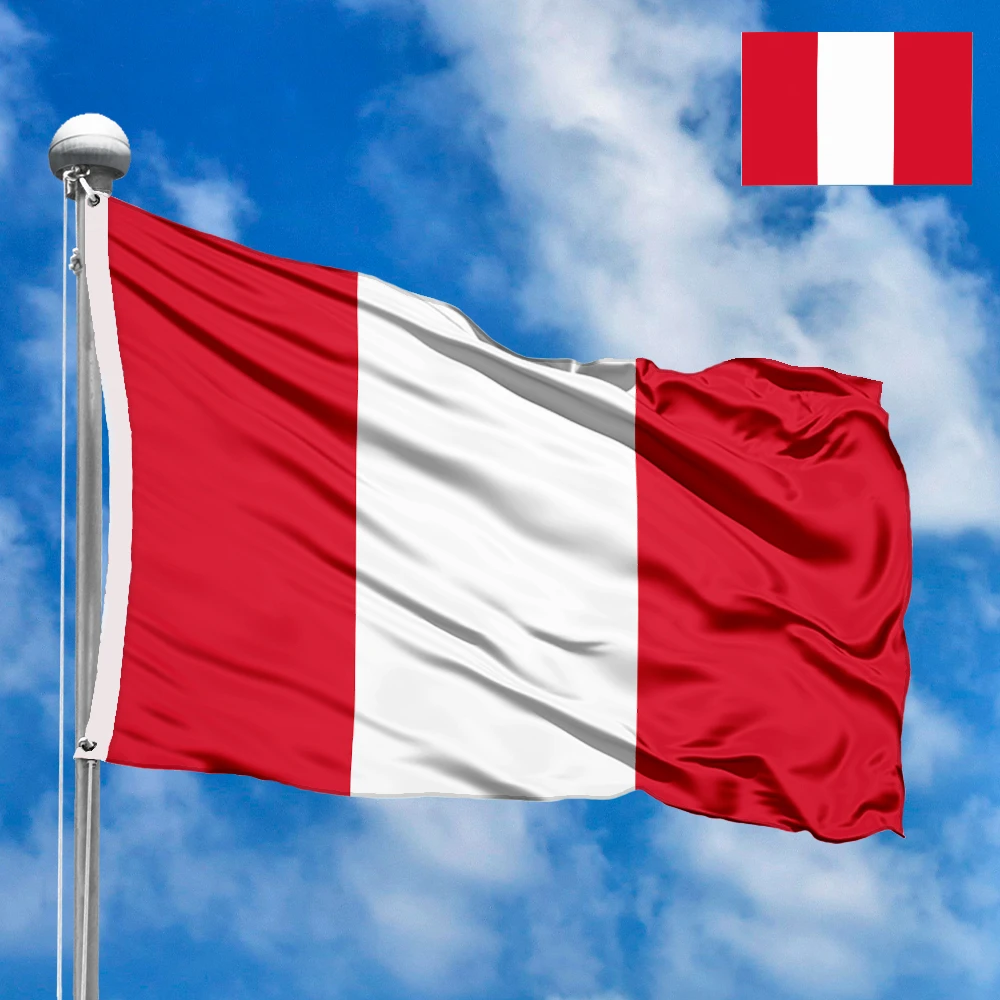



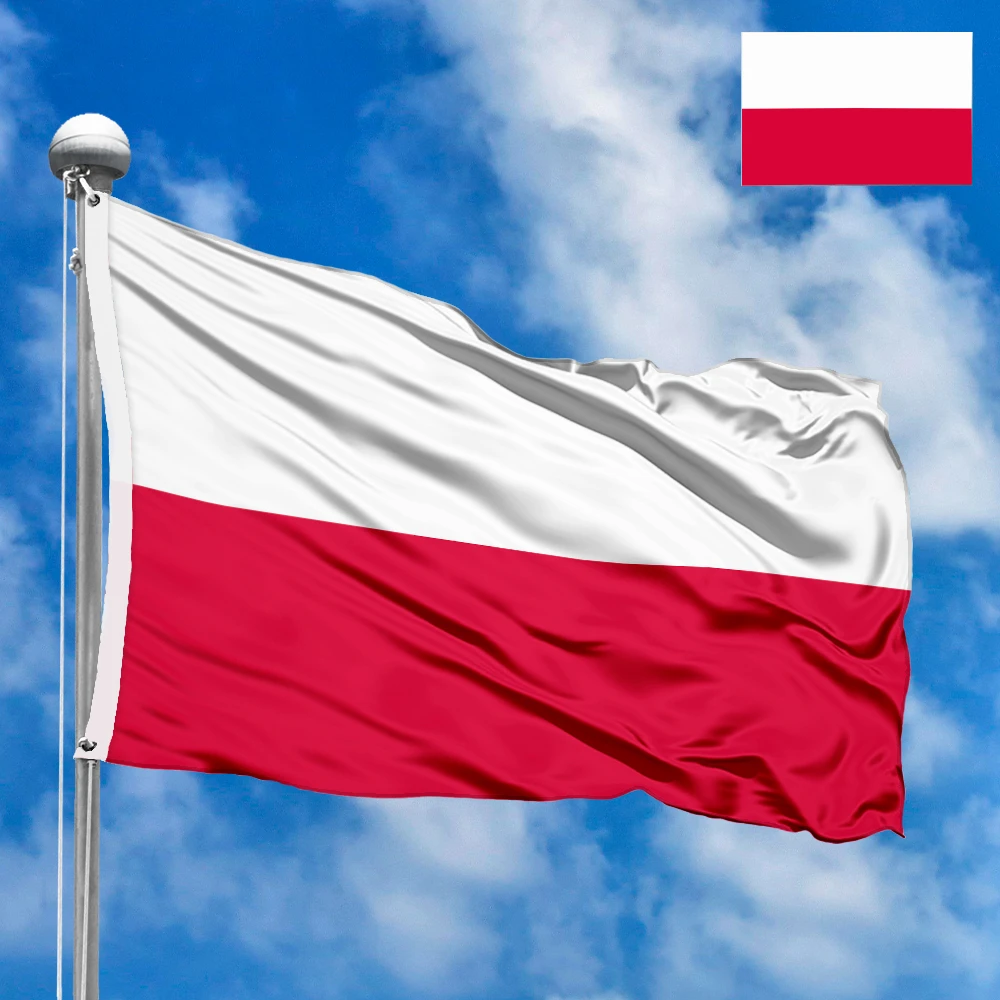



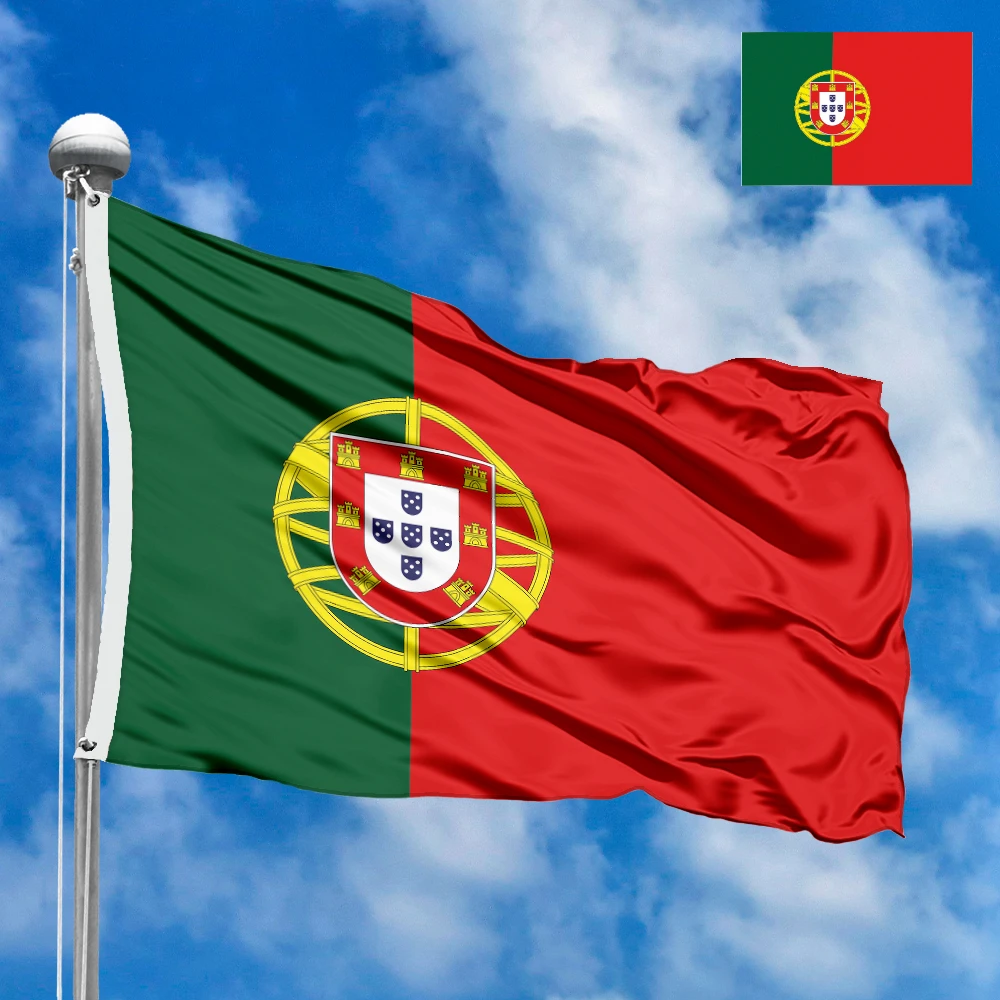



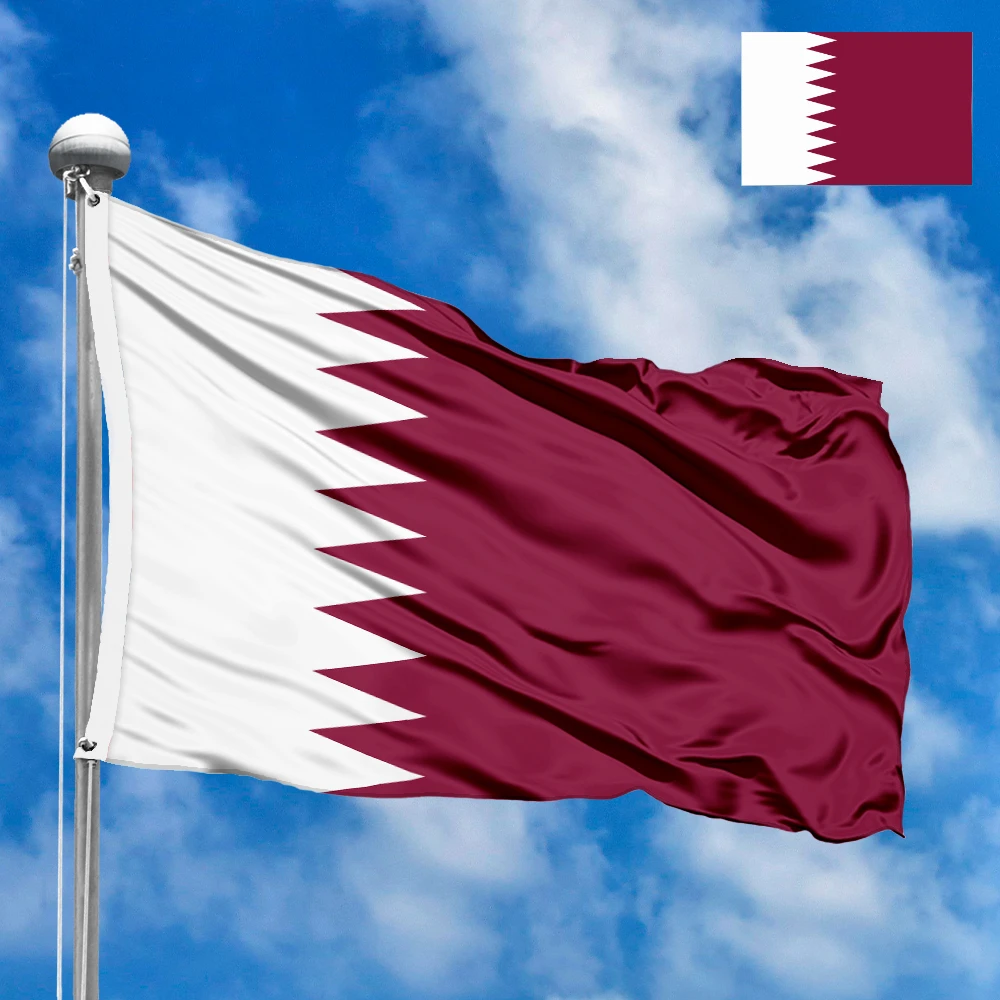



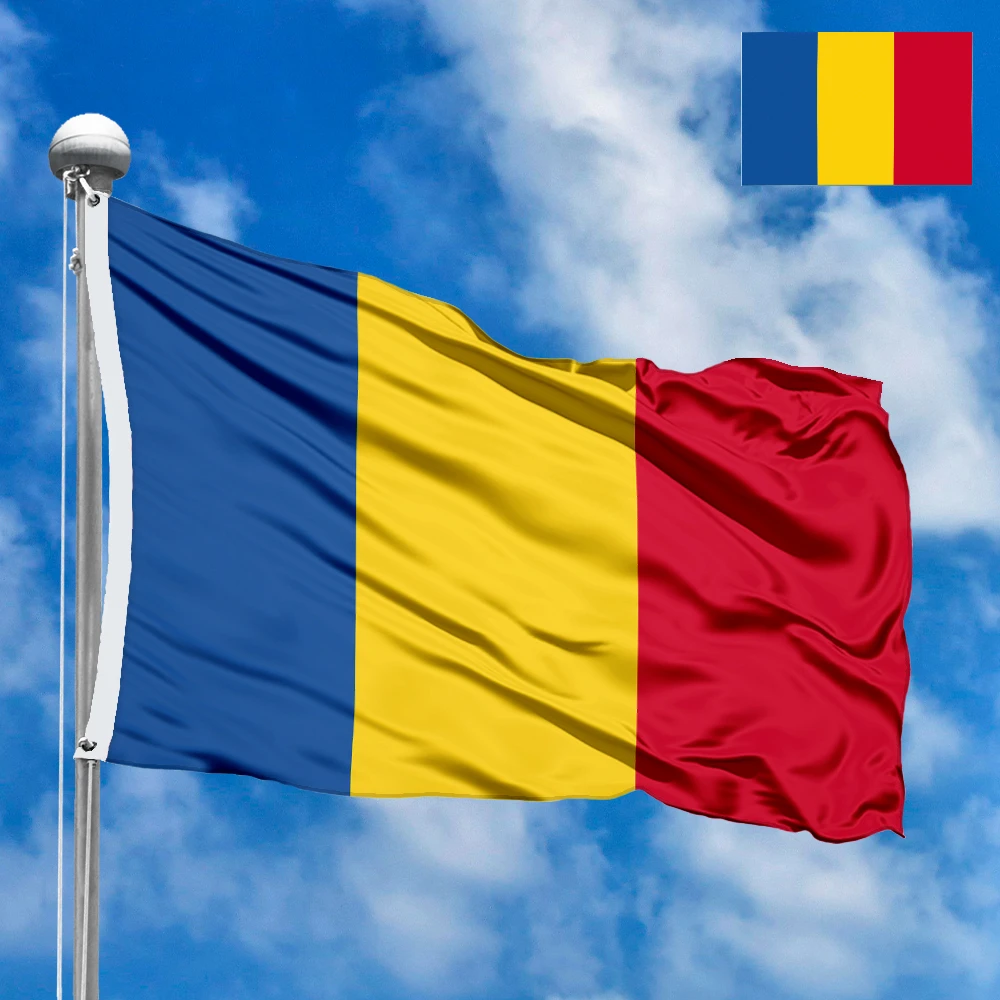



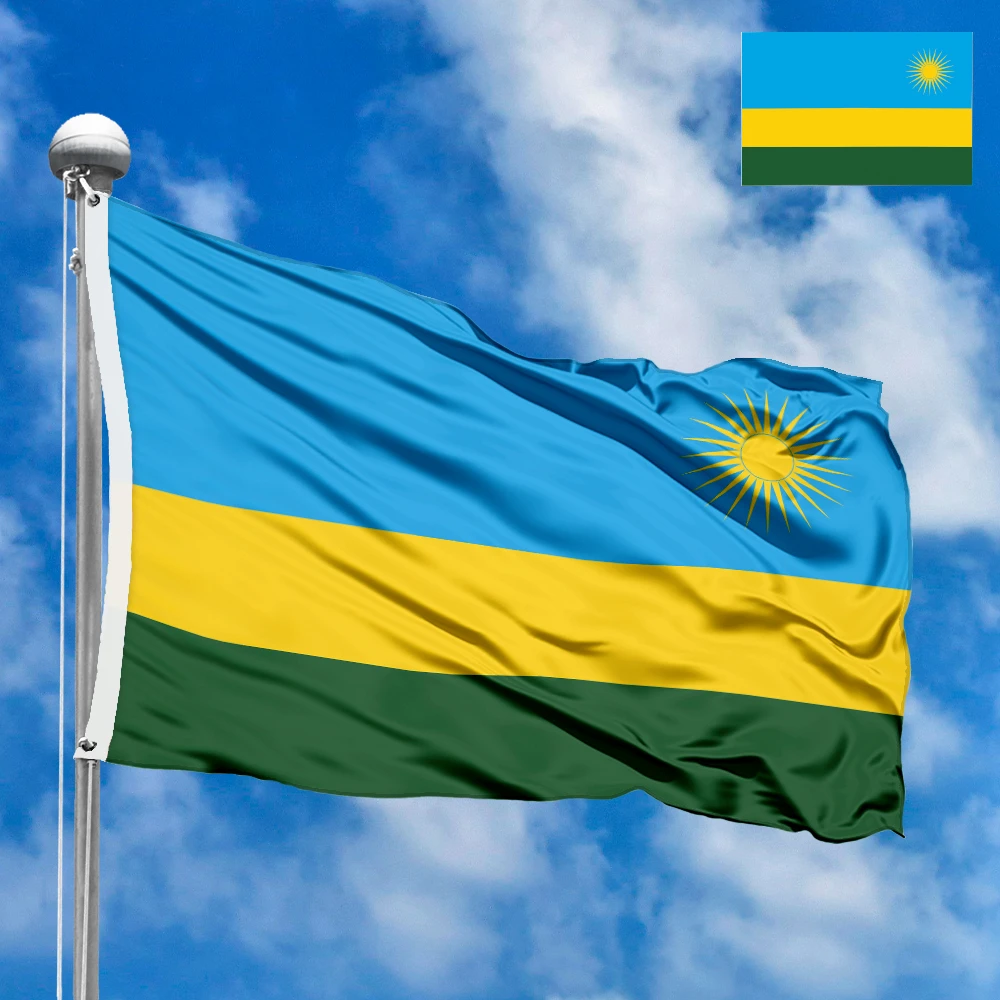



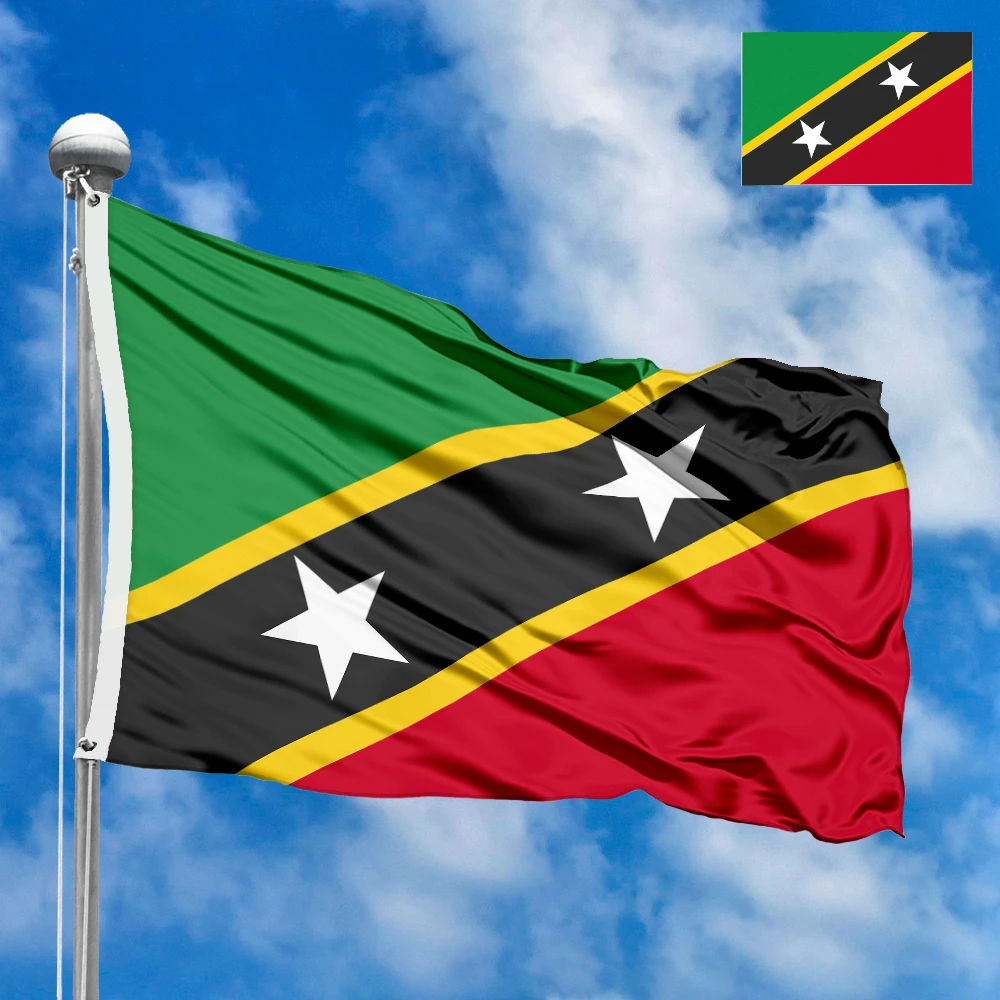



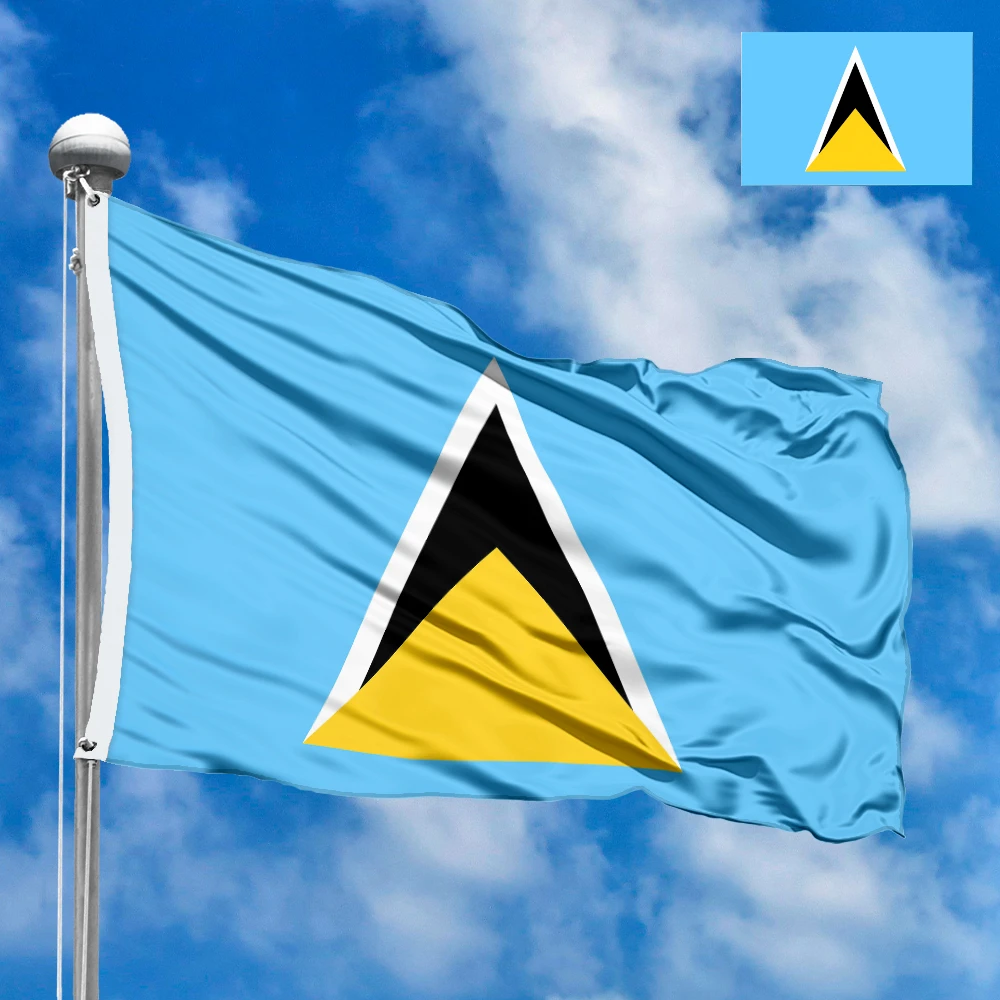



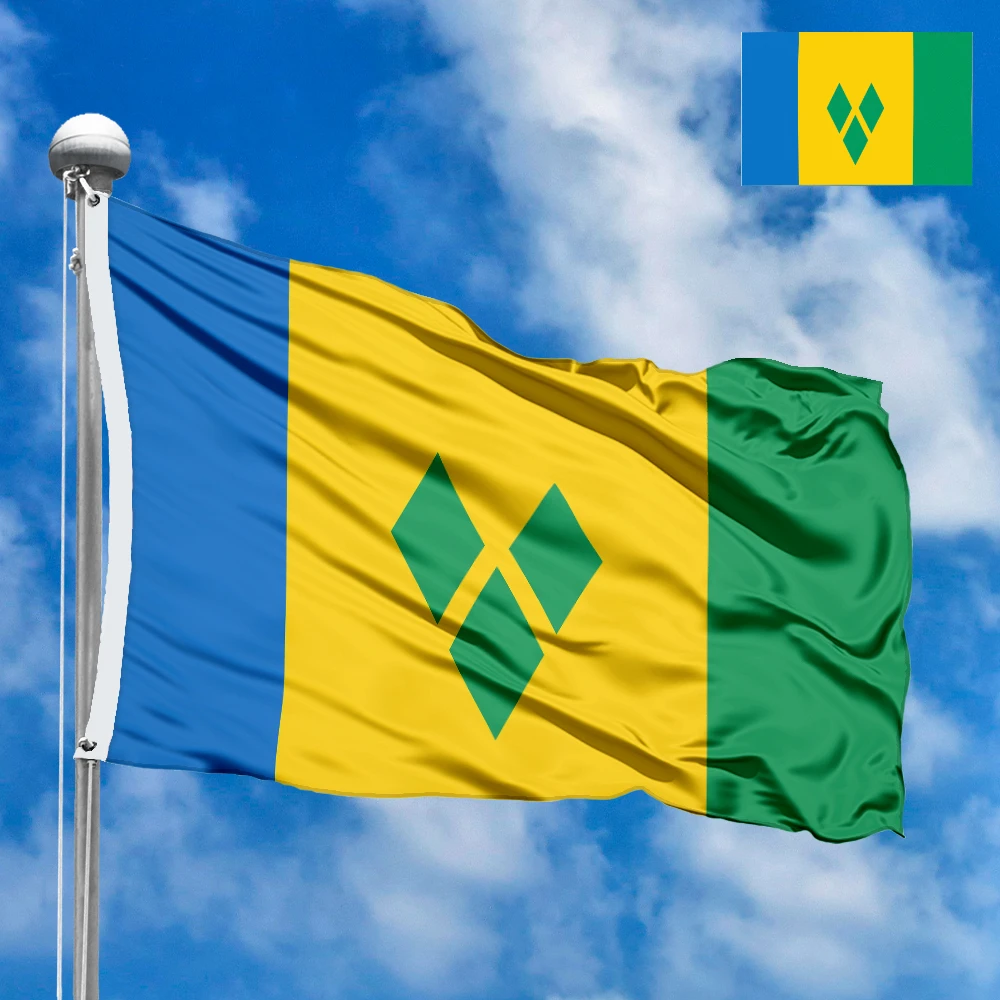







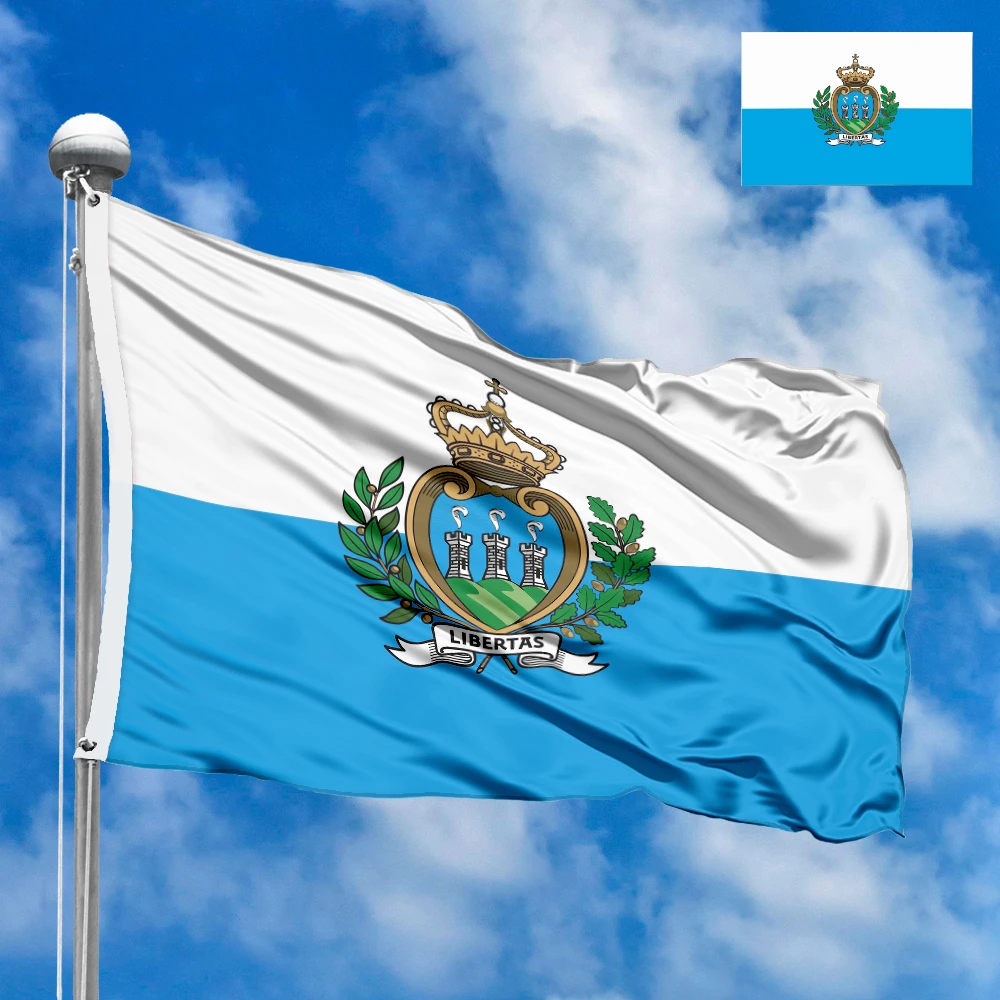



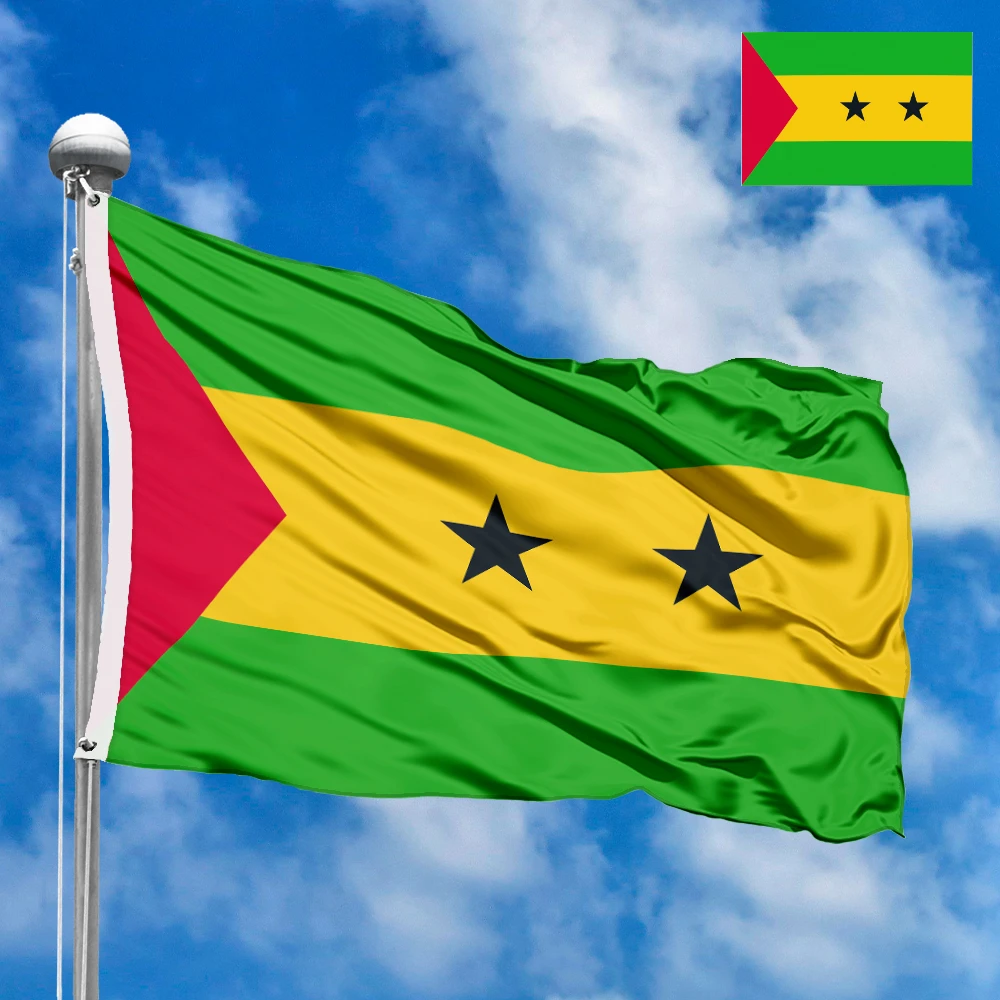



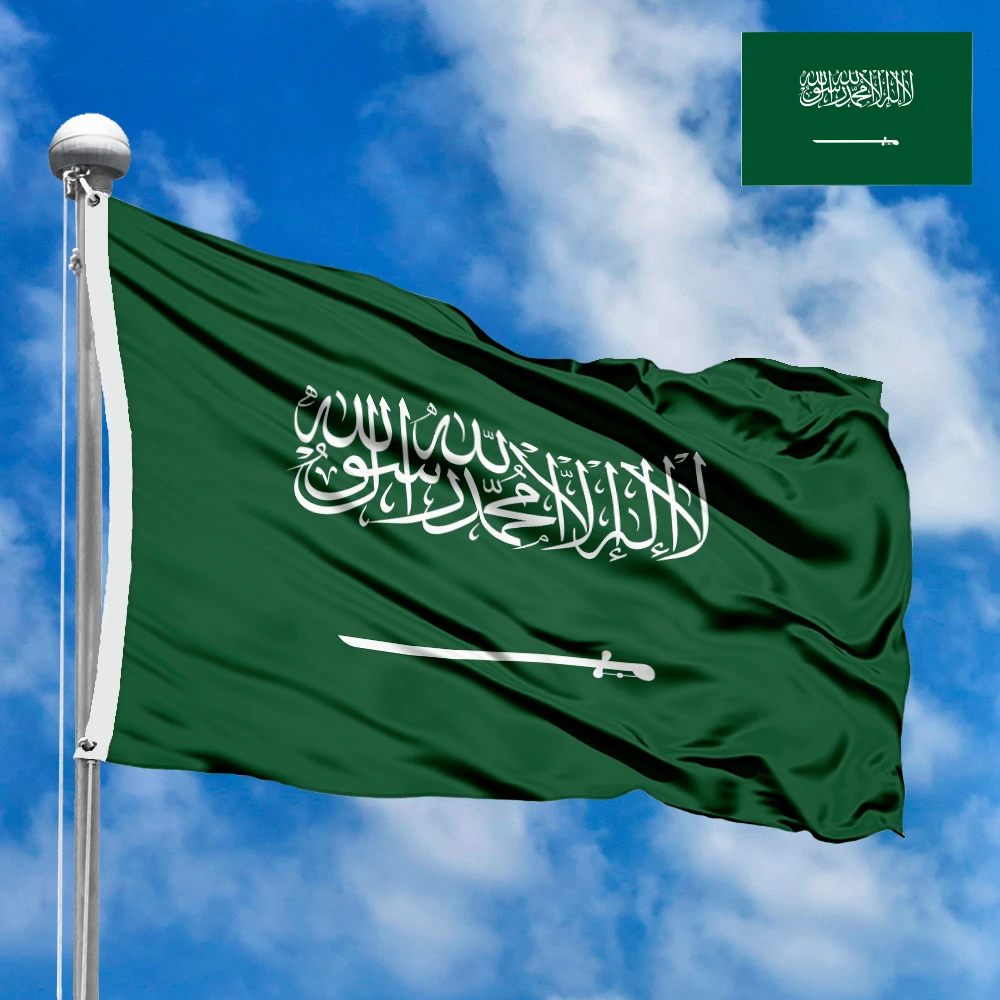



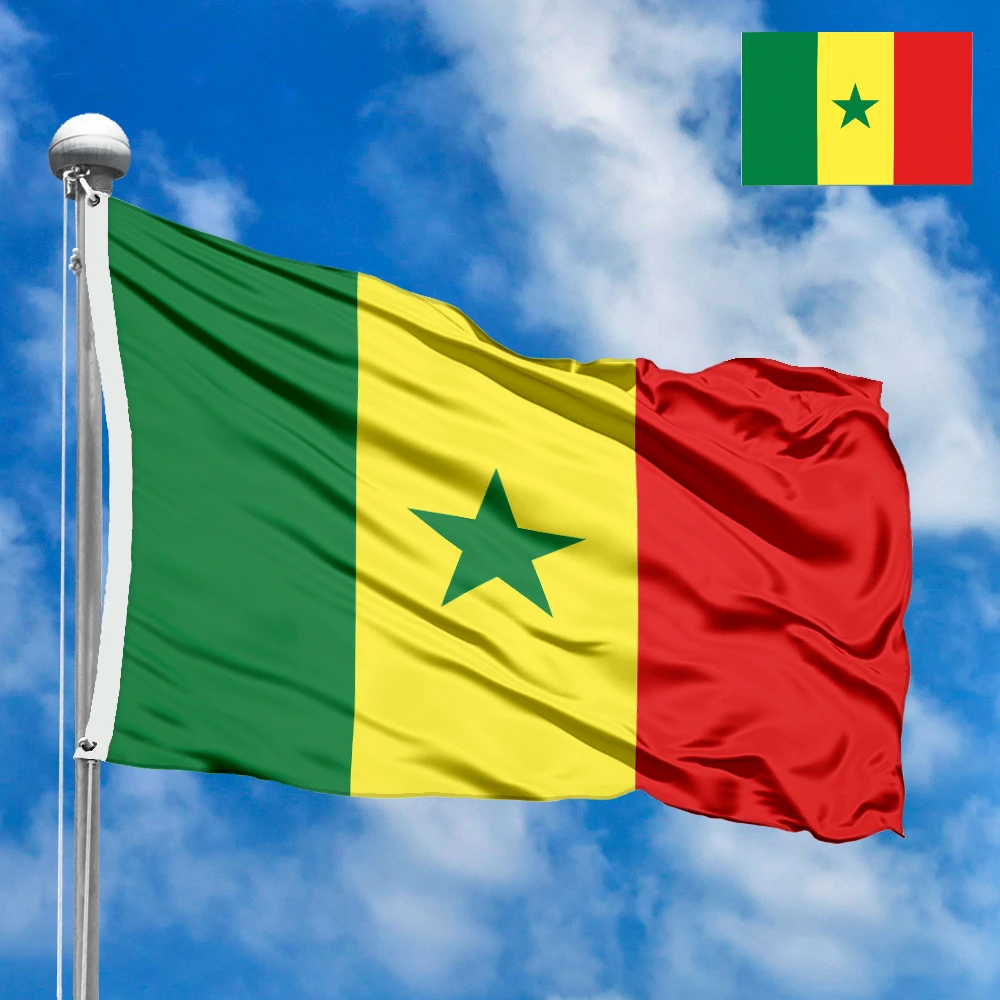



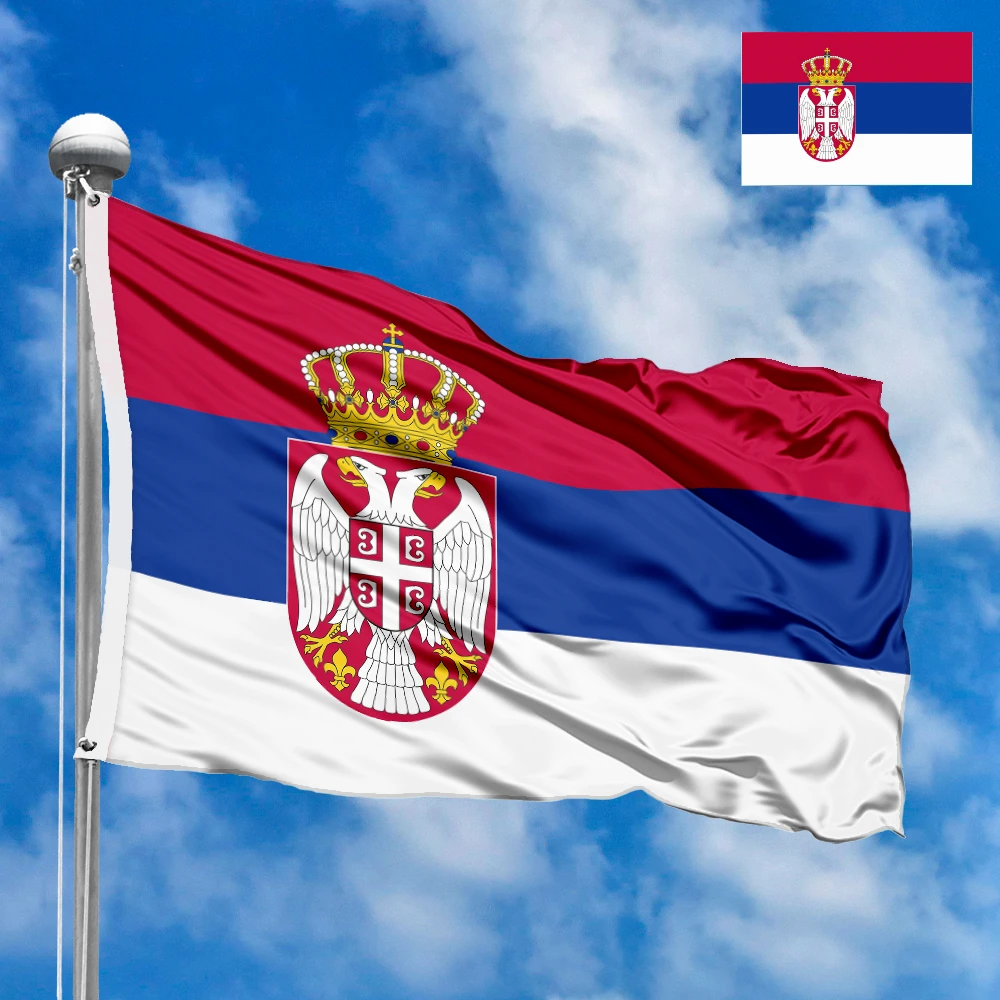







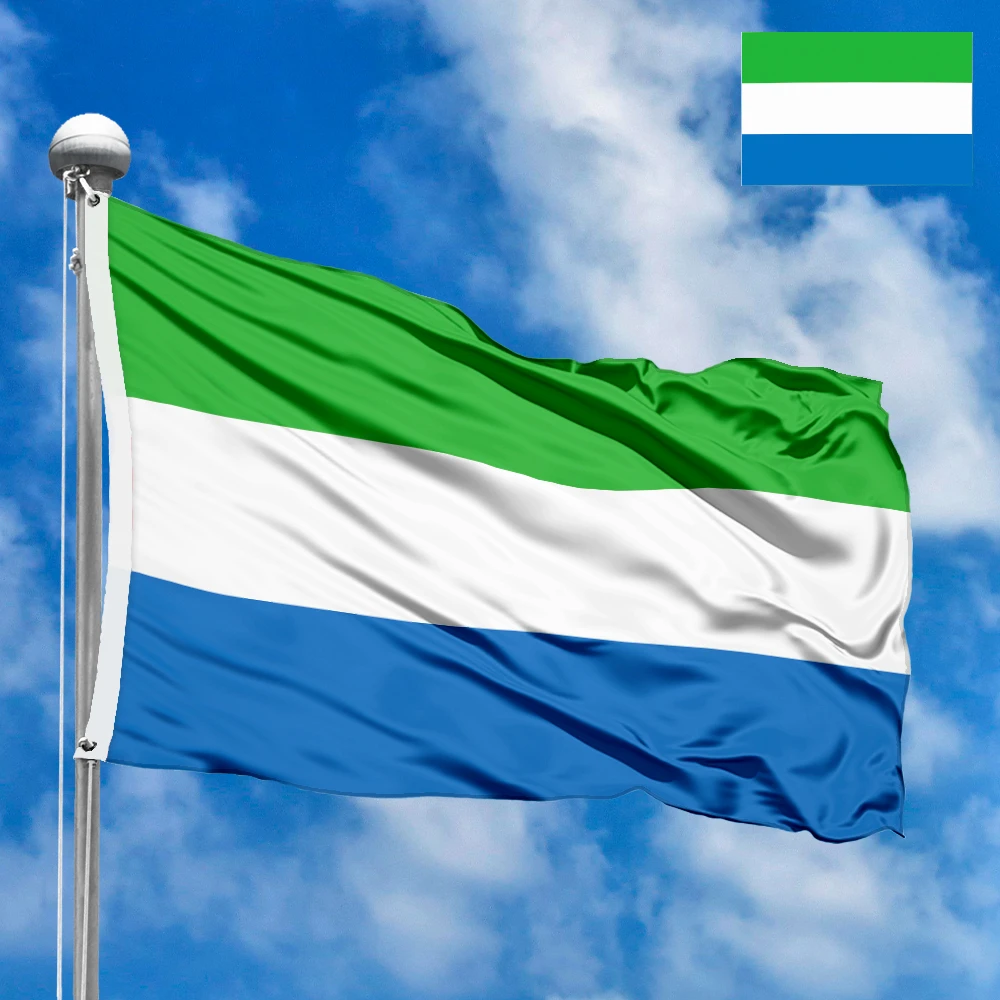



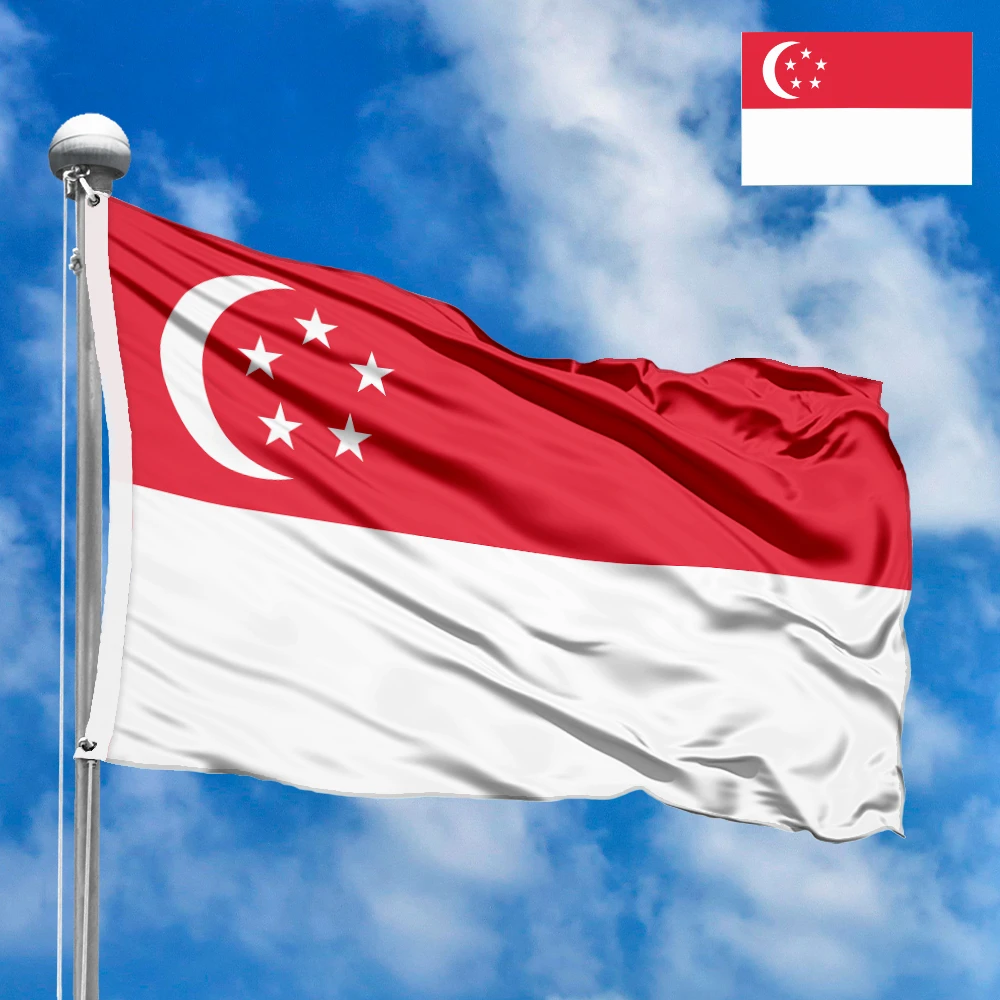











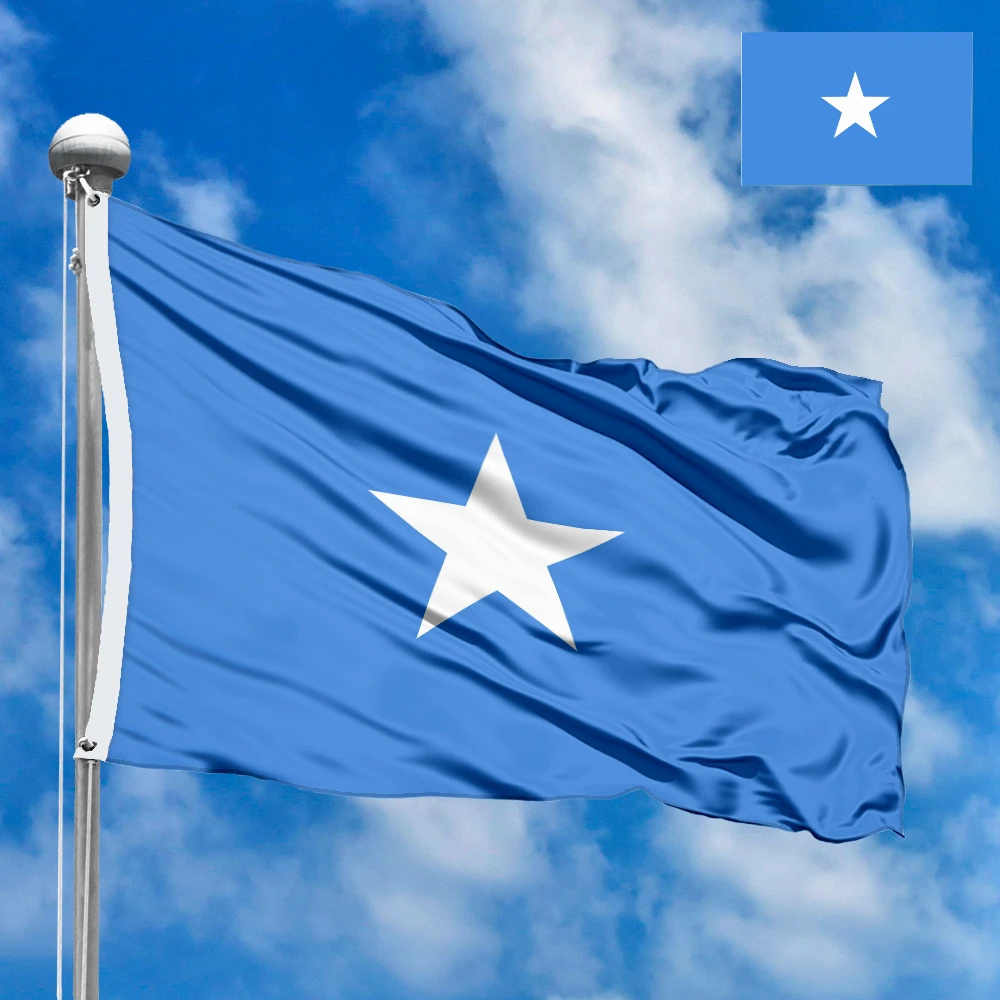







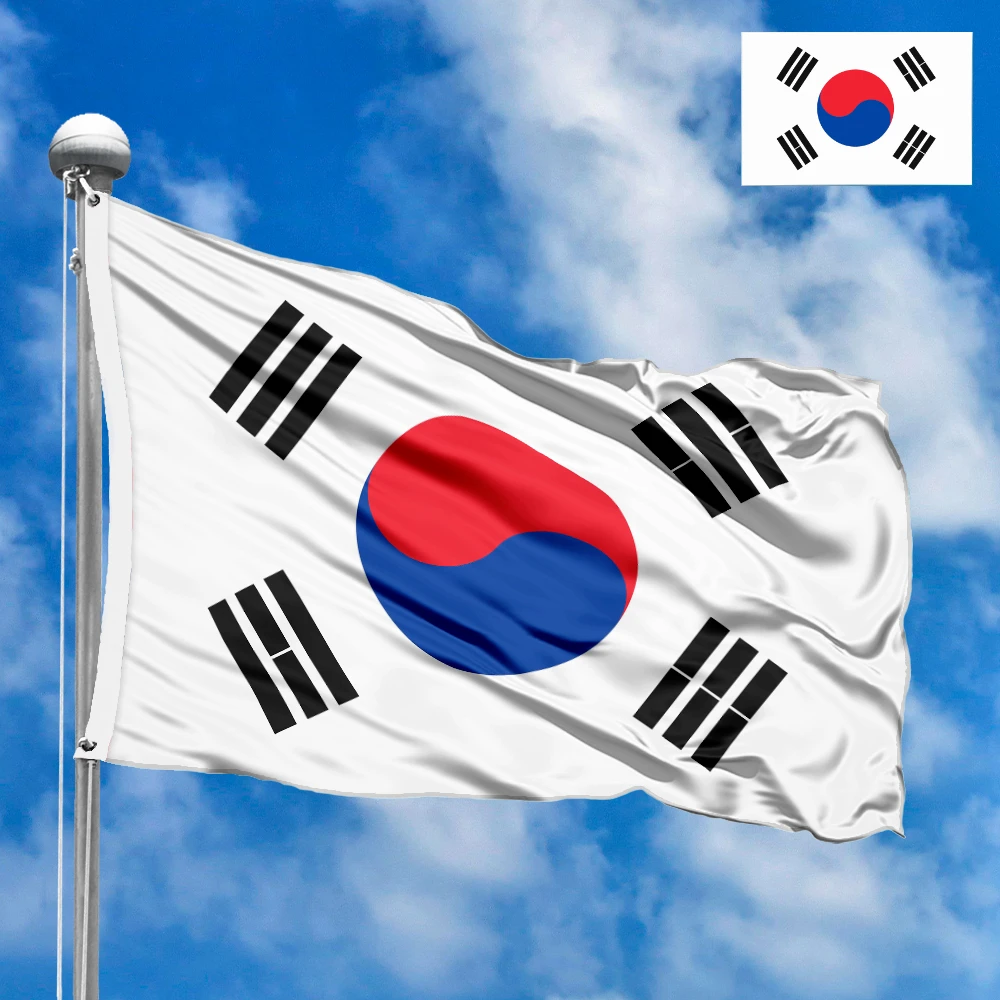



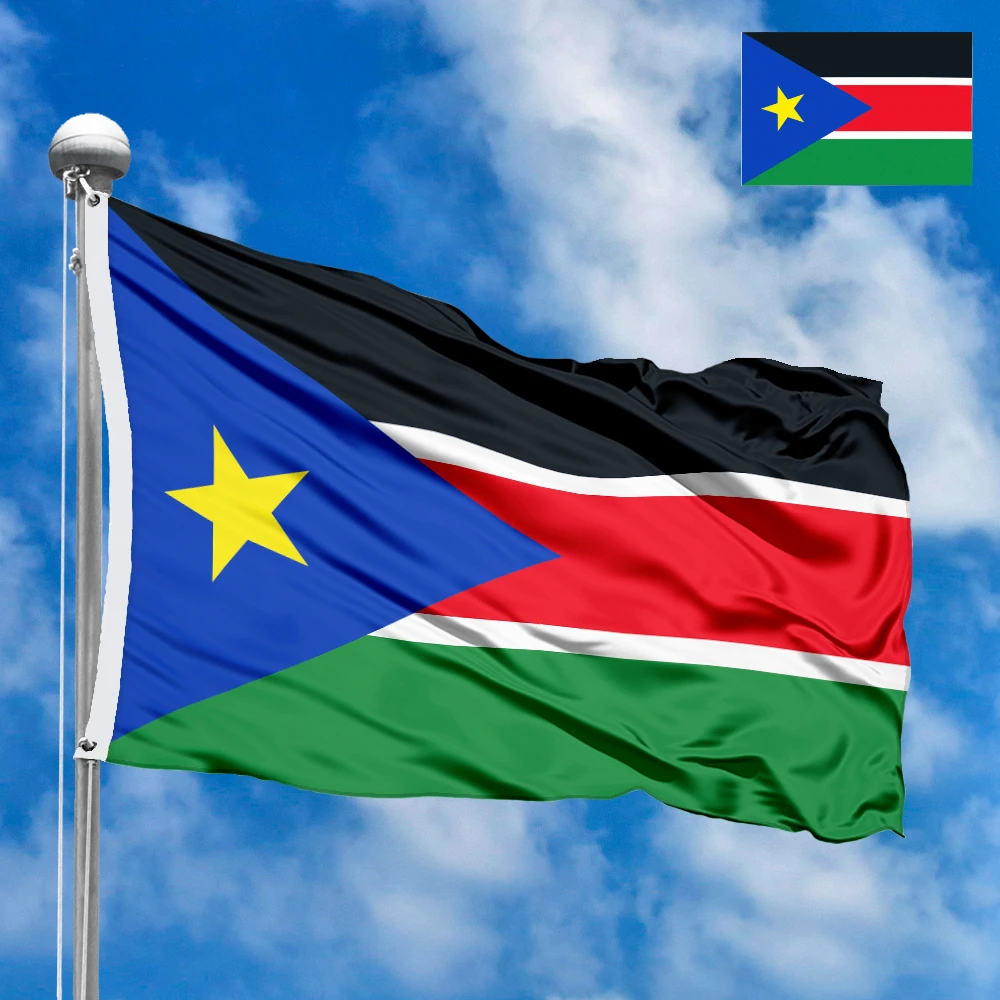
 Flags of Europe
Flags of Europe Flags of Asia
Flags of Asia Flags of Africa
Flags of Africa Flags of North America
Flags of North America Flags of South America
Flags of South America Flags of Australia and Oceania
Flags of Australia and Oceania Flags of Antarctica
Flags of Antarctica Flags of International Organizations
Flags of International Organizations LGBT Community Flags
LGBT Community Flags Historical Flags
Historical Flags Flags of the US States
Flags of the US States Ethnic flags
Ethnic flags